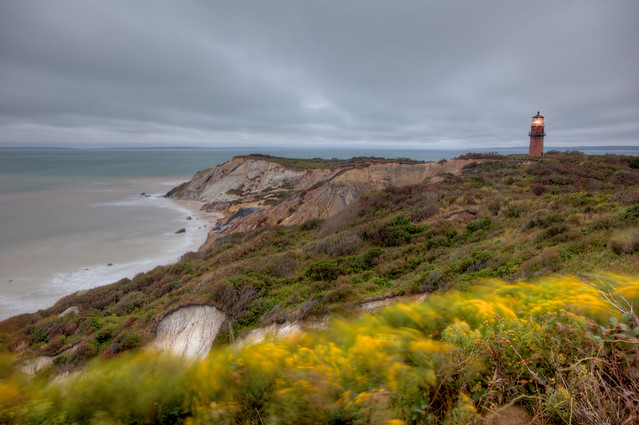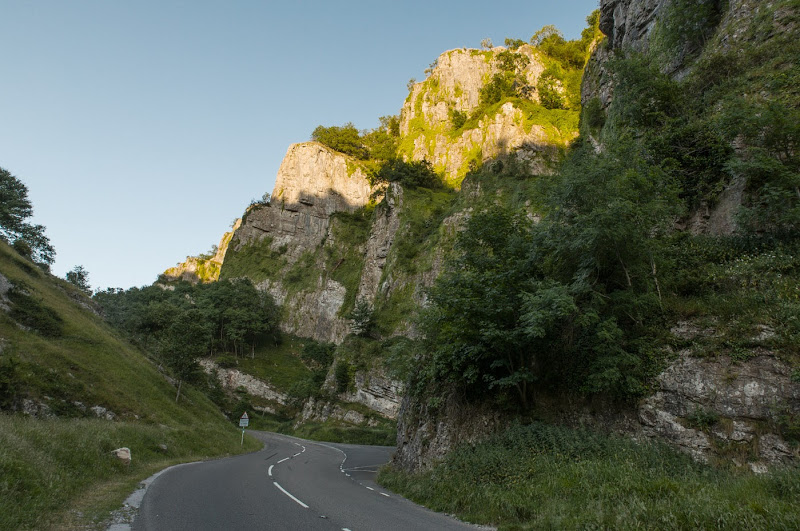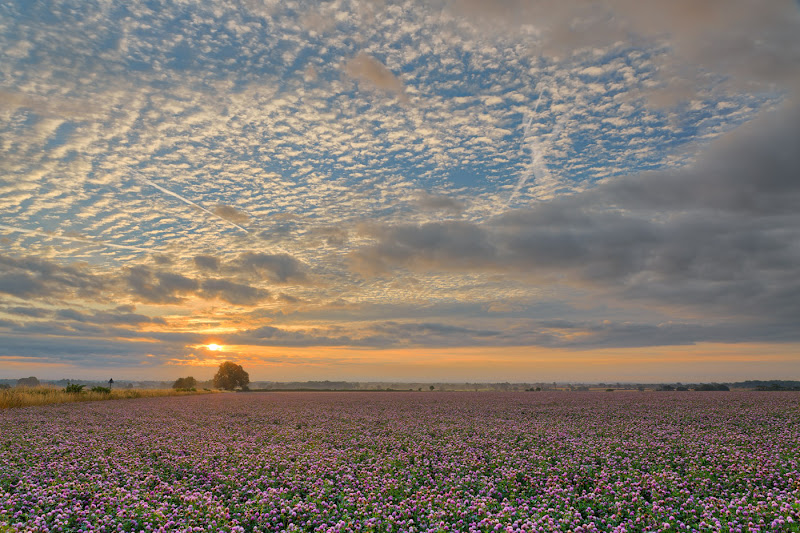Obviously "best" is somewhat subjective, and when I looked into it a few years back, Photomatix was the weapon of choice for the majority of folk processing HDR - and me being contrary, I decided to support the underdog that is SNS-HDR.
Here's a -2,0,+2 bracket from my 60D with a Tamron 17-55mm (or is ot 50, I forget, I lent the lens out so I can't check!) with something that doesn't look too over-cooked, yet isn't exactly natural either:
On the odd occasion, I also use Luminance HDR, it has a very nice natural algorithm in there somewhere, and can save as a 32 bit image. The interface is hideously awkward though, so it's often my last resort - here's Cheddar Gorge in the evening light from my 5dmk3 with Tamron 24-70mm, 5 image bracket -4 to +4:
The third option I use is the Enfuse droplet scripts which come with Hugin. Both Hugin and Luminance HDR are free, so their quirky nature I can put up with. Hugin is actually somewhat easier, as I'm not adjusting any parameters; I create 16bit TIF files, and drag them onto a shortcut for the batchfiles which are on my desktop. I use 2, one if it needs alignment from handheld brackets, and the other if I've used a tripod and doesn't need aligning. I get a 16 bit natural looking image that I can then adjust the vibrance and/or saturation.
Here is a 5 image bracket, -4 to +4 of a field of clover near Badminton, taken with my 5dmk3 and the Tamron 24-70, enfused using the Hugin droplet, and then tweaked in Lightroom:
Mostly the reason for using HDR, for me, is to get good detail in an image, such that there is relevant detail in the shadows, and that the highlights aren't clipped out, unless they need to be. What happens after that is less about HDR and more about plain old saturation!
At the end of the day, they're all tools in my processing toolbox, and I just have to decide which tool is the best for the job, as one tool does not always suffice for all situations!




